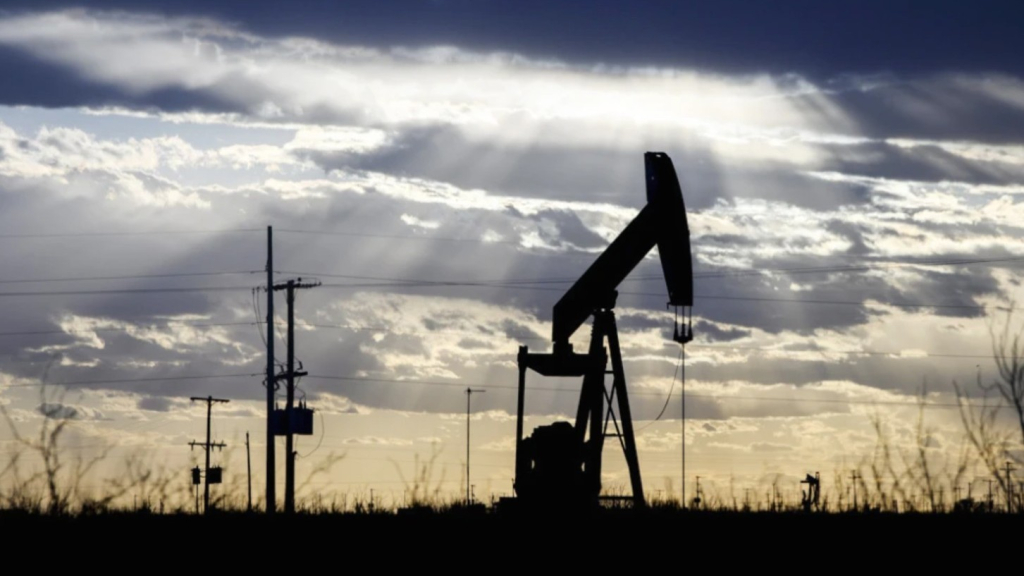Rejiggered Supply Chains Make Iran’s Strait-Closure Threats Meaningless

Michael McKenna | July 14, 2025
(The Washington Times) — In 1973, OPEC imposed a complete oil embargo against the United States in direct response to America’s support for Israel during the Yom Kippur War that October. The embargo lasted five months, inflicted enormous economic damage on the American economy and caused Americans — standing in line for rationed gasoline — to doubt themselves and their leaders. Oil prices nearly quadrupled overnight, the stock market collapsed and the American economy suffered a devastating combination of high unemployment and high inflation.
In 1979, there was a rerun. The Iranian revolution led to a modest reduction in global oil supplies, but the scare was enough for several U.S. states — including Texas, California, New York and New Jersey — to implement gas rationing. Oil prices more than doubled and the lines at the gas pumps returned. To add insult to injury, the imams who ruled Iran took our embassy officials hostage. America had hit its nadir.
In stark contrast, when President Trump ordered strikes a few weeks ago on Iranian nuclear facilities in an effort to end Tehran’s nuclear weapons development program, nothing really changed in the oil markets or the larger economy. The Iranian parliament tried to replay 1979 and approved a motion calling for the closure of the Strait of Hormuz, a critical trade route controlled by Iran through which about 20% of global oil production travels out of the Middle East by tanker. The result this time? Oil prices remained at about $65 per barrel, the same as they were before the attack.
What changed between 1973 and 2025? The answer is clear: North America achieved energy independence, in part because of increased American production and in part because we now import more oil from Canada and less from the Middle East.
The sharp decline in reliance on Middle Eastern oil has been driven by increased domestic production. In September 1979, we produced about 8.5 million barrels per day in these United States. By April of this year, that number had increased to 13.5 million barrels per day.
We have changed the places from which we import oil. A generation ago, a quarter of U.S. energy imports were from countries that needed the Strait of Hormuz to get their oil to market. Last year, just 7% of American imports came through that strait. As recently as 15 years ago, about half the crude oil we imported came from OPEC countries. Today, more than 60% of our imported crude oil — about 4.7 million barrels a day — comes from Canada, one of the world’s most geopolitically stable countries and one that shares the American values of freedom, equality and democracy.
Relying on Canada’s discounted heavy oil for more than half our oil imports has the added benefit of keeping American gasoline prices low, which has allowed us to export much more of our higher-value, domestically produced crude, thereby boosting our balance of trade.
As this column noted way back in March, although the flavor of the month seems to include bashing Canada whenever possible, it is important to remember that our neighbors to the north are and have been an essential ingredient in creating and sustaining American energy supremacy.
What does North American energy supremacy allow us to do? It allows us to recast the destiny of the Middle East — one of the world’s most troubled and violent regions — without worrying about damaging the economies of the West because of potential incidental or intentional shortages of crude oil.
The president knows this, which is partially why he judged (correctly) that a strike on Iran’s nuclear capabilities posed no material risk to the United States. Perhaps more importantly, our potential adversaries are also now fully aware of what North American energy supremacy means for their future.
Michael McKenna is an award-winning columnist for The Washington Times.




















